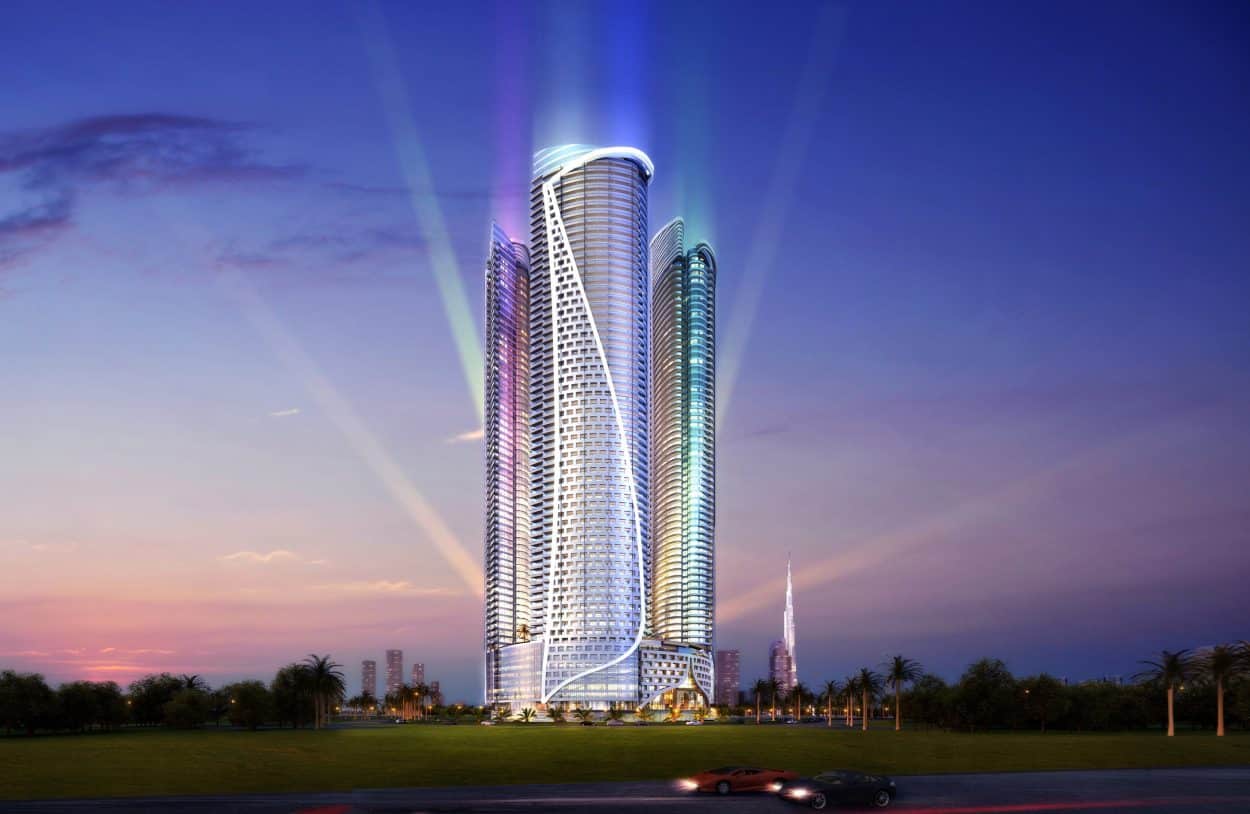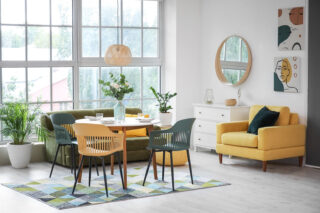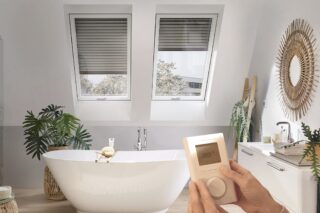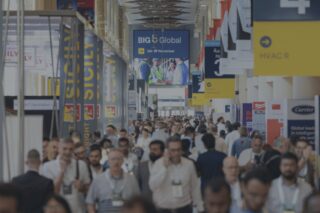According to the BNC (Business News for Construction) Dubai Construction Market 2016 report, there is a steady boom of construction projects around the UAE and it shows no signs of slowing down. As a result, there is a need for continuous innovation in the area of sustainable design and construction, with customers looking for solutions that both minimize environmental damage to nature and improve their current internal and external standards of living.
This year at Big5, numerous companies showcased commercially available technologies that drastically reduce energy consumption in buildings. The Gaia Awards for sustainability, where 400 entries were received toward reducing environmental impact, took place, thus cementing the growing significance of creating sustainable construction and design solutions for the future.
Several presentations covering various aspects of sustainability were delivered, one of them by Dr. Ioannis Spanos, a senior sustainability manager with KEO Internal Consultants. KEO’s sustainability services have a strong focus on green building, environmental impact assessments, environmental management services in addition to environmental audits and quality studies.
In his presentation, Zero Carbon Buildings: Managing of Design and Construction, Dr. Spanos focused on the importance of over-shading and orienting the building in a way that reduces the cooling demand. He said:
“Building with a correct orientation can reduce the energy efficiency of a building and toward zero-carbon buildings. However, the design of a building is not only about zero energy, but it’s also about encouraging pleasant living environments. Usually, the orientation of the building is defined by master plans and views. It is imperative that master plans must be developed to take into account potential sustainability and low energy design good practices. Regarding the views, a low energy consultant can support architects and clients to optimize the buildings’ reduction on cooling loads without minimizing the impact of beautiful views. A building cannot operate in a sustainable way if its surrounding facilities and master plan decisions do not support its functions. Many urban planning elements improve and contribute to a building’s sustainability rate. Most importantly, they provide the foundation for sustainable buildings and sustainable living.”
Dubai launches green building rating system. Read the article.
SageGlass by Saint-Gobain
Bagging the 2016 Big5’s Gaia Award for sustainability this year, SageGlass, a product by Saint-Gobain, has reinvented the whole definition of glass. With its innovative electro-chromatic technology, SageGlass undergoes tinting when the sun hits its surface. Both glare and heat are avoided as a result, and energy consumption from air conditioning is drastically reduced. No longer are curtains or blinds required—living in a building clad with SageGlass improves the human living experience.
In the video below, Alain Garnier, manager of sales and development, walks ArchiExpo e-Magazine through the process of how SageGlass works as well as shows in real-time the tinting of the glass, which takes around five minutes.
EL560 Low-Energy Lock by Assa Abloy
Assa Abloy takes sustainability to a new level by offering high security and eco-friendliness in its EL560 low-energy lock. It is the ideal product to use in construction industries where electric locks are preferred over the traditional magnet lock systems. It saves on energy consumption, which in turn reduces the cost.
Assa Abloy won the Visitors’ Choice Award at the Big5 this year. The product’s appeal lies in part in its minimal environmental impact, while still maintaining a high standard of security and optimal functionality. In comparison to the 52 kWh that a magnet lock consumes energy-wise, the EL560 low-energy lock consumes only 0.018 kWh.
Henry Toledo, sales manager, Middle East, outlines in the video how the low-energy lock works and how it benefits the design industry from an eco-friendly point of view.
Pladur Gypsum Boards by Pladur
Apart from constructing buildings with greener materials, aesthetic design remains important. That is where Pladur comes in. The goal is to ensure that noise has been reduced to as much as 50%. Its gypsum boards are used for the building ceilings and have been created with perforations that boost optimal acoustic conditioning of the space where they are installed. The perforations come in different shapes and sizes depending on the customers’ needs. The rear of the boards have been created to be a barrier from dust and unwanted particles. The surface finishes include chestnut vinyl, oak vinyl and birch vinyl. Pladur gypsum boards are used in hotels, shopping centers and public spaces, but they have also been installed in building entrances.
David Linares Leyva, export manager, walks ArchiExpo e-Magazine through the product’s features and how it undergoes several tests such as fire resistance, acoustic absorption and thermal insulation before it is introduced to the market.
Diathonite Evolution by Diasen SRL
Enhancing the external wall insulation system for the purpose of building protection has never been more imperative. Now, thanks to Diathonite Evolution, a product of Diasen SRL, the construction industry can take advantage of a new type of plaster that incorporates the eco-friendly traits of cork. Diasen SRL has ensured that its product allows the plaster to not only be high on insulation, but also have breathable and fire-resistant qualities.
Cork has superior qualities to traditional plaster, including the fact that it is three times lighter. When harvested from the bark of a cork oak tree, it is done in a way that doesn’t damage the tree. Not only is it a natural material, it is 100% biodegradable, making its use kinder to the environment and on people’s lives.
Referring to the demands of the local and international green codes, Dhanya Gangitano, general manager, Diasen, said, “When developing our product lines for vernacular architecture, we kept in mind our aim to develop products that are safe for the people and their environment. Diasen has developed these ideas with the help of modern technology to produce such systems, thus helping construction professionals answer to the demands of sustainable buildings.”
Diasen won the i-Novo design eco tech awards in 2015 for its product Decork, a decorative coating made of cork and water-based resins, with high thermal insulating properties, breathable and water repellent.












